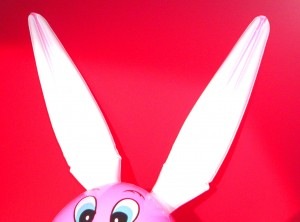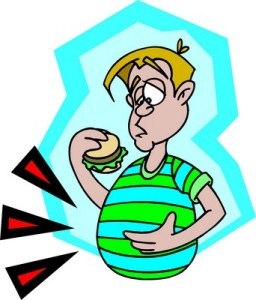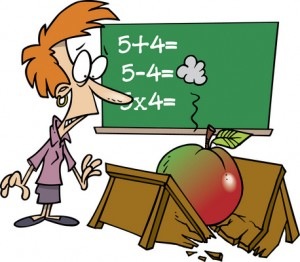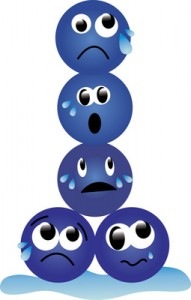 Lots of people have a thing for those fluorescent marshmallow bunnies and chicks that were hatched over 50 years ago. They got their name – PEEPS — because the original candy was the yellow chick. Now they’re produced for many holidays – in seasonal colors and different shapes.
Lots of people have a thing for those fluorescent marshmallow bunnies and chicks that were hatched over 50 years ago. They got their name – PEEPS — because the original candy was the yellow chick. Now they’re produced for many holidays – in seasonal colors and different shapes.
They continue to be the subject of lots of design contests (you’d be amazed what you can make out of peeps) and scientific experiments (some claim them to be indestructible). Just Born, the parent company of PEEPS, claims to produce enough PEEPS in one year to circle the Earth twice. Their website boasts a fan club and a section for recipes.
PEEPS have been the number one non-chocolate Easter candy in the US for more than a decade. Although yellow is America’s favorite color for PEEPS chicks and bunnies, they also come in pink, lavender, blue, orange and green. This year there are rainbow PEEPS pops and chocolate dipped mousse flavored mashmallow chicks.
What’s In Them?
Send a PEEP for lab analysis and you’ll find sugar, corn syrup, gelatin, less than 0.5% of potassium sorbate, natural flavors, dye, and carnauba wax. They’re gluten and nut free. (No wonder some claim that they’re indestructible!) You can even get sugar free PEEPS that are made with Splenda.
Five little chicks (42g, one serving size): 140 calories; 0g fat; 1g protein; and 36g carbs.
PEEPS Preferences
People have definite PEEPS preferences. Some like them nice and soft, others leave them out in the air to age to perfection so they get a little crunchy on the outside.
They’ve been microwaved (careful, they expand and can really make a mess in your microwave), frozen, roasted, used to top hot chocolate, and added to recipes. They don’t toast well on sticks like regular marshmallows because their outer sugar coating tends to burn.
Newspapers have been known to run contests for best PEEP recipes and best PEEP pictures, and, in a world of contrasts I’ve seen a blackboard outside of a bar in NYC advertising a PEEP contest and a JCrew (Crewcuts) kids’ store using boxes and boxes of PEEPs for window decoration.
I have a few members of my family who love their PEEPS and I freely admit that I am not one of them — although I do think they make great table decorations.
If PEEPS are part of your Easter ritual, even though they’re filled with sugar and all kinds of dyes and chemicals — if you’re counting calories and fat grams — for a seasonal treat, you could do worse.
What’s your PEEPS preference?



